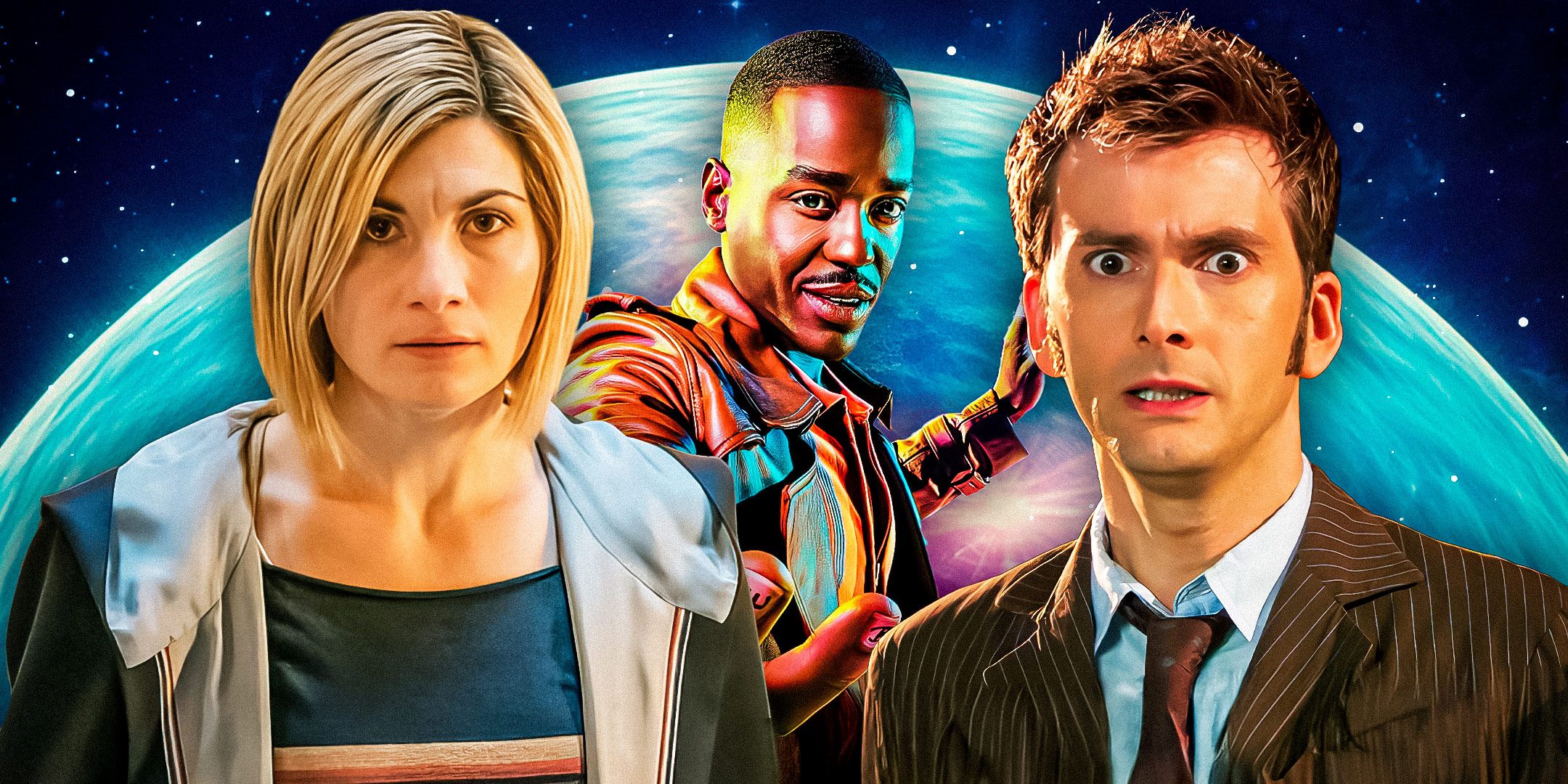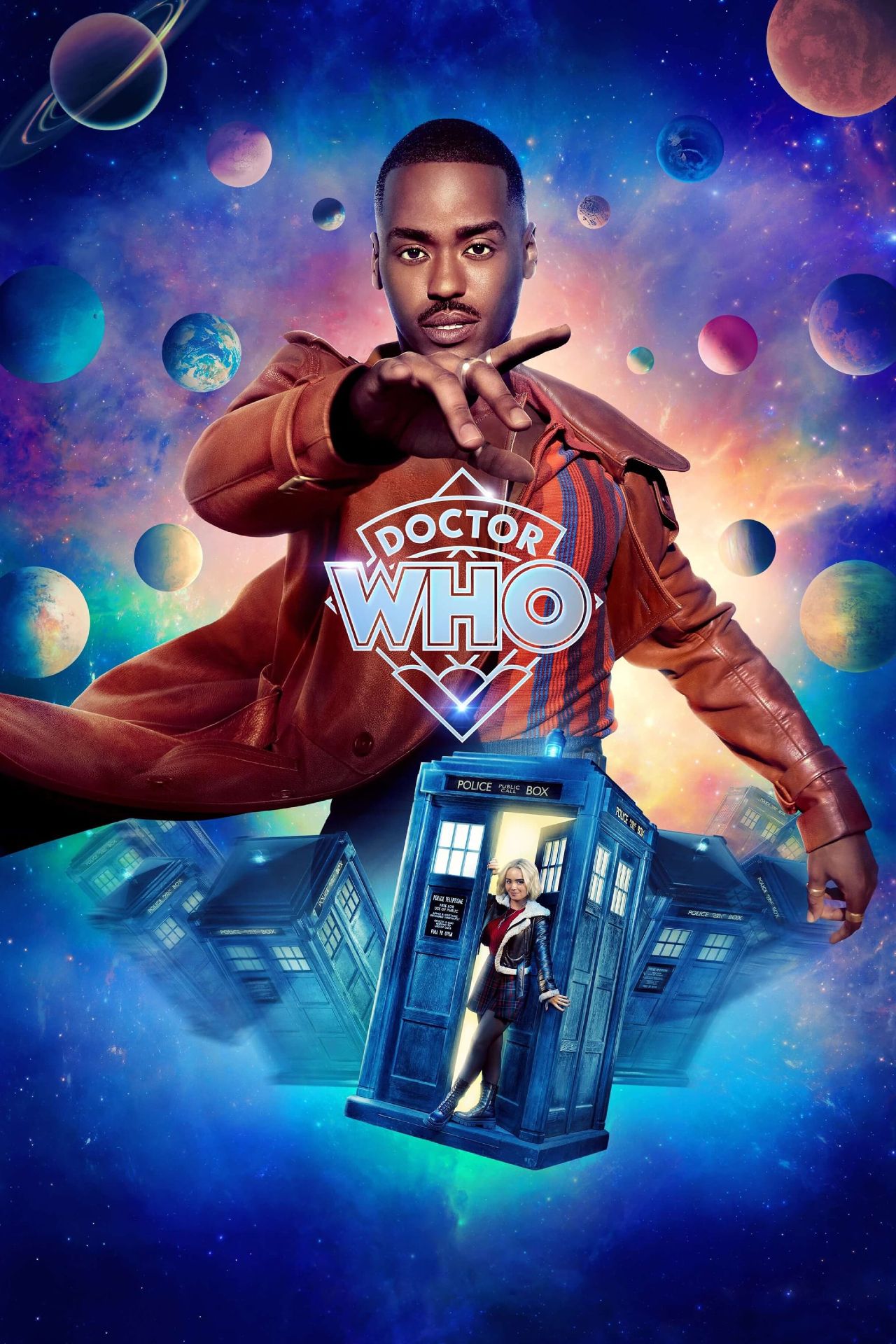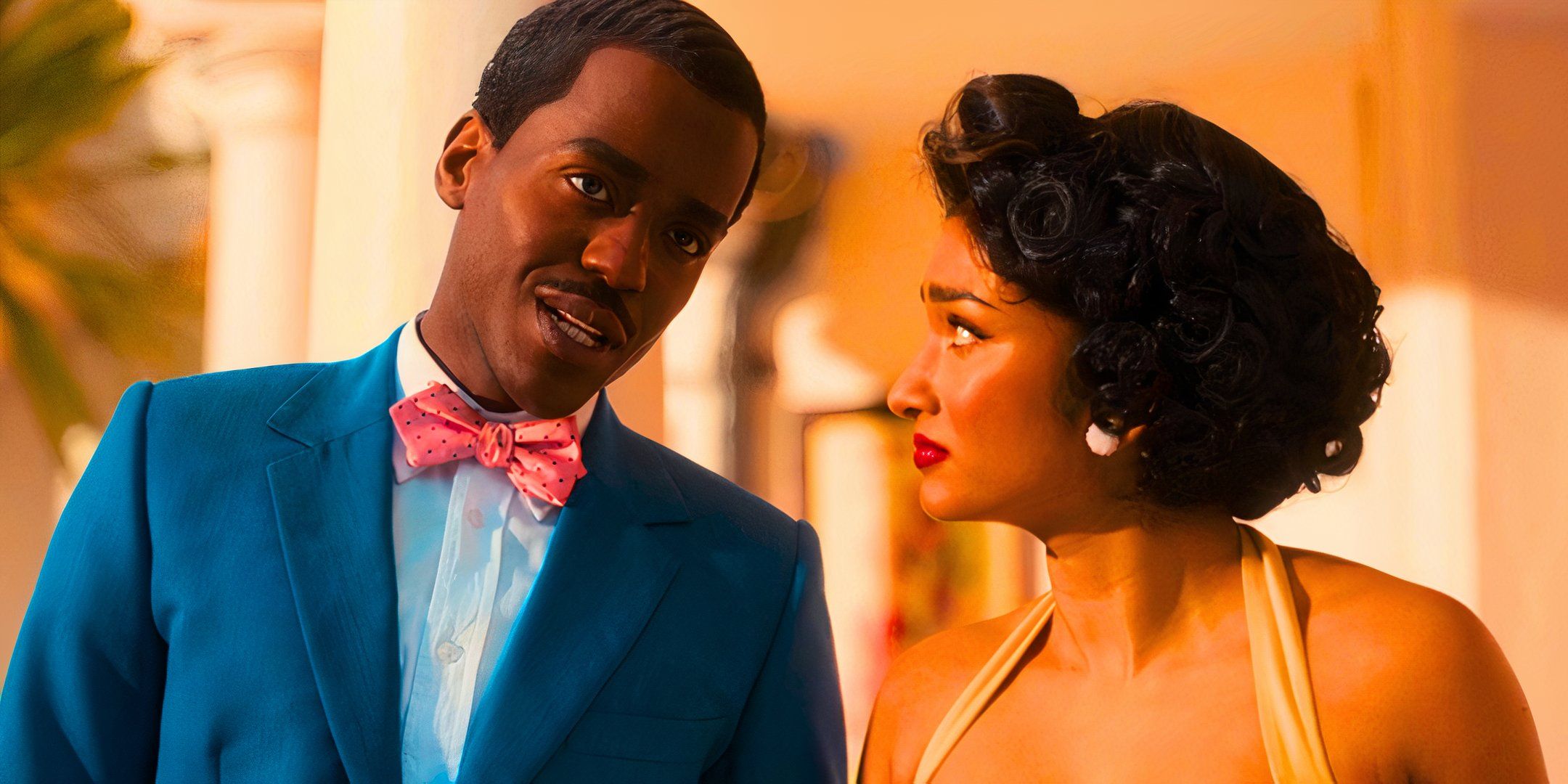[ad_1]
Warning: Spoilers for Doctor Who season 15, episode 2
The fifteenth season of Doctor Who is off to a great start with “The Robot Revolution” and “Lux”, two of the show’s most inventive and boundary-pushing episodes in a long while. The former saw the Doctor’s new companion Belinda Chandra whisked away to involuntarily lead an army of deadly robots, while the latter took the pair to 1950s Miami, where they encountered another member of Doctor Who’s Pantheon of Gods.
Throughout these episodes, writer Russell T. Davies has offered plenty of metatextual references that break down the barrier between fact and fiction. This was most obvious in “Lux”, when the Doctor and Belinda came into contact with some real-world Doctor Who fans and learned that their adventures were little more than stories on a television show, but Davies has also playfully poked fun at Doctor Who’s past through some subtle jokes at the expense of the previous seasons and their characters.
Certain Companions Aren’t Very Well-Developed
When they’re trapped in a reel of old film by Lux Imperator, the Doctor and Belinda are transformed into two-dimensional cartoon characters. It’s one of the show’s most visually inventive sequences in years, but there’s also a subtle commentary on Doctor Who’s classic companions being metaphorically two-dimensional hidden in this visual gag. Belinda quickly figures out that she can make herself three-dimensional again by gaining depth; she does this by talking about her feelings and developing her backstory.

Related
Belinda Chandra could be one of Doctor Who’s most exciting modern companions thanks to this small detail that the show hasn’t forgotten.
This feels like a very subtle jab at classic Doctor Who, where the companions were famously less complex and three-dimensional than they are today. With the exception of Doctor Who’s most iconic companions like Sarah-Jane Smith and Jo Grant, the show’s classic era definitely struggled with making certain characters memorable. This criticism is seemingly what Davies is referencing with the whole “two-dimensional” joke.
Modern Doctor Who Companions Are Arguably More Important Than The Doctor Himself In Some Episodes
The Modern Show Has A More In-Depth Vision Of The Companion Role
Contrastingly, the modern era of Doctor Who often makes the companions more important than the Doctor himself – both in individual episodes and entire season arcs. The most obvious example in recent memory is Clara Oswald, whose true identity was the main focus of the show’s seventh season. The whole finale revolved around her, with the revelation that she’d been spread throughout the Doctor’s timestream making her one of Doctor Who’s most important characters ever.
There have also been many so-called “Doctor-lite” episodes of Doctor Who recently – that is, episodes where the Doctor barely features at all. Adventures like “73 Yards” and “Dot and Bubble” fit neatly into this category, as their stories followed characters like Ruby Sunday and Lindy Pepper-Bean instead. This makes the show’s supporting cast feel more important and three-dimensional, and it almost never happened in classic Doctor Who serials.

- Release Date
-
December 25, 2023
- Directors
-
Douglas Camfield, David Maloney, Christopher Barry, Michael E. Briant, Barry Letts, Michael Ferguson, Richard Martin, Peter Moffatt, Pennant Roberts, Lennie Mayne, Chris Clough, Ron Jones, Paddy Russell, Paul Bernard, Michael Hayes, Timothy Combe, Morris Barry, Gerald Blake, Graeme Harper, Waris Hussein, Rodney Bennett, Mervyn Pinfield, Hugh David, John Gorrie
[ad_2]
Source link


